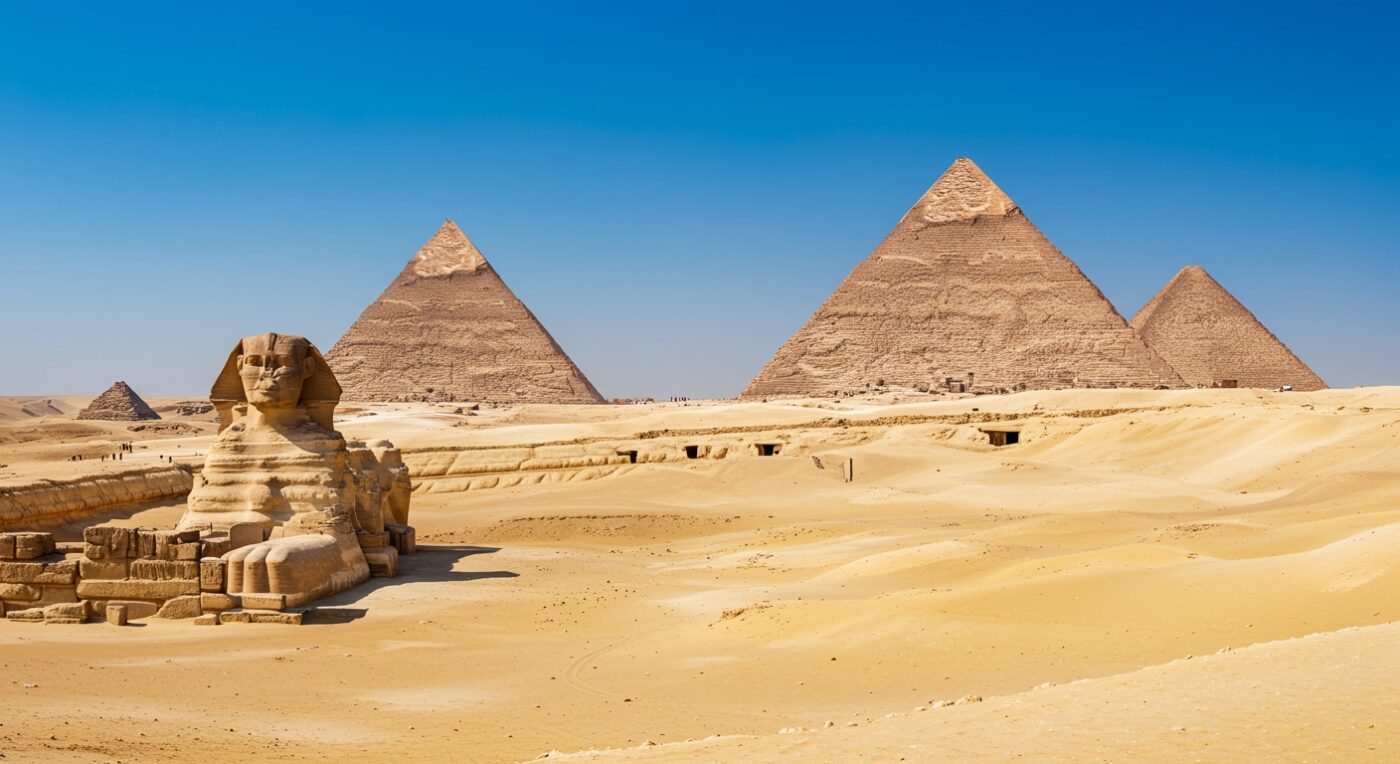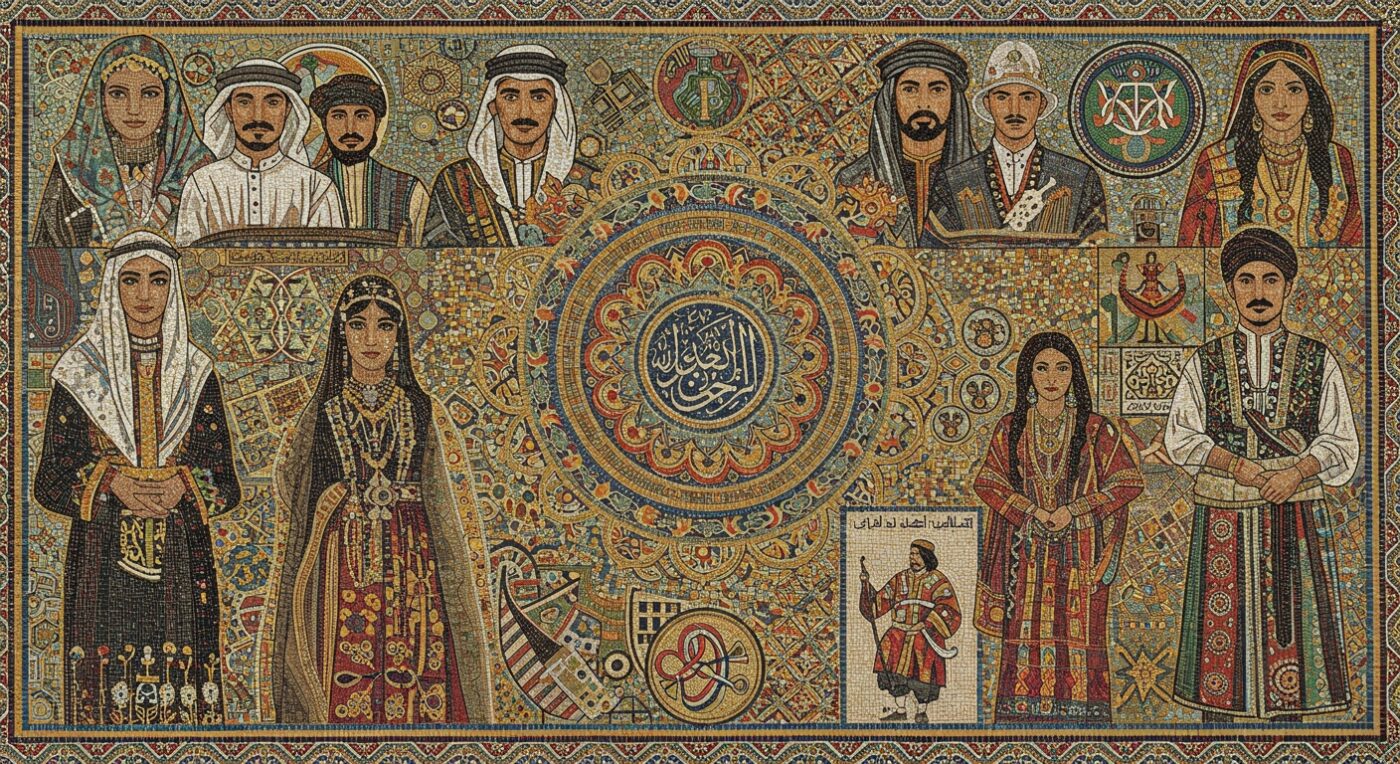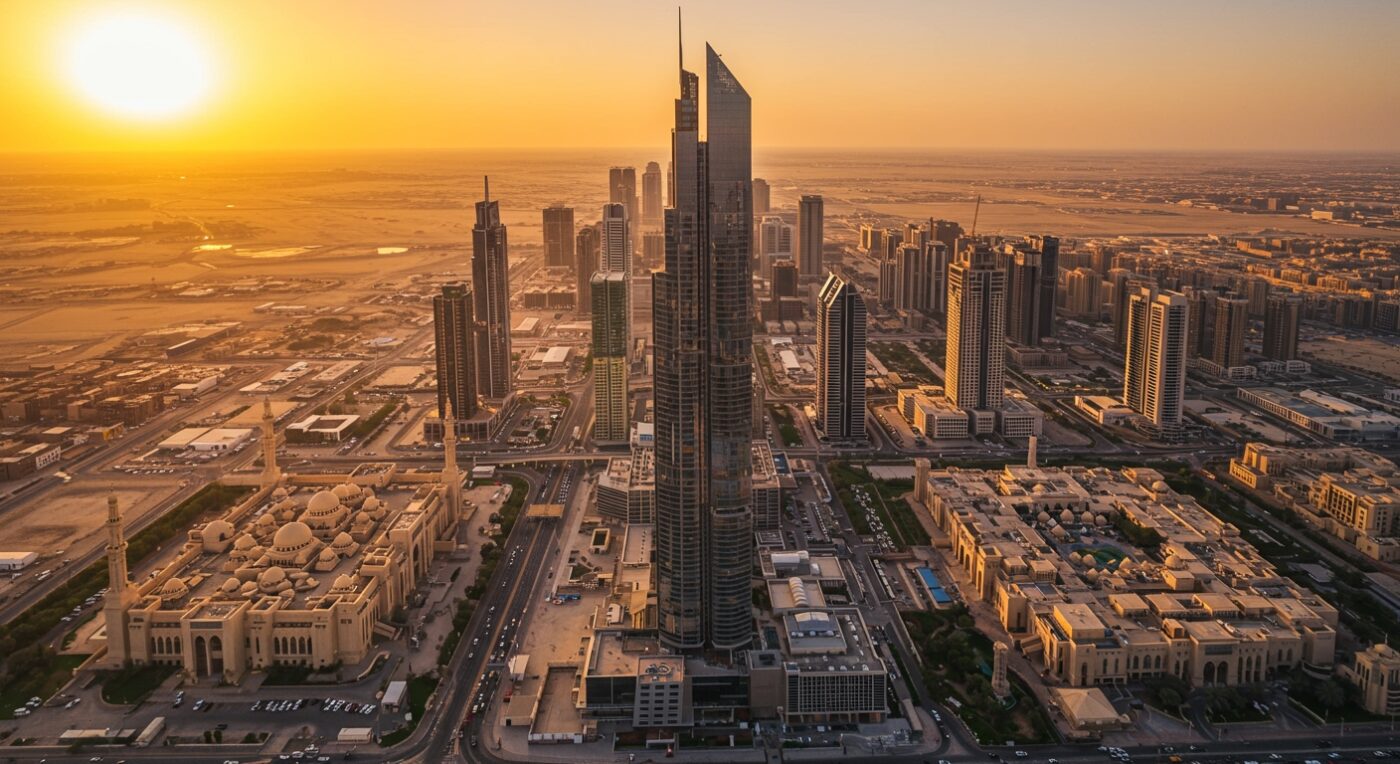The Middle East, often hailed as the “Cradle of Civilization,” boasts a history as rich and intricate as its diverse landscapes. This region has been the birthplace of major religions, the seat of powerful empires, and a pivotal crossroads of trade and culture for millennia. Understanding its complex past is essential to grasping the dynamics of the contemporary world. This article will explore the comprehensive history of the Middle East, from its ancient origins and groundbreaking innovations to the profound impact of events like the Crusades, culminating in an overview of its vibrant and multifaceted cultural heritage.
I. Ancient Middle East: The Cradle of Civilization
The narrative of the Middle East begins in antiquity, where some of the world’s earliest and most influential civilizations took root. This period laid the foundational stones for human development, introducing innovations that reshaped societies globally. This section provides an in-depth look at ancient Middle East history explained.
Early Human Settlements and Agricultural Revolutions
Long before the rise of organized states, the Middle East was a hub of advanced Stone Age cultures, witnessing the independent discovery of agriculture and the development of early irrigation systems.

Mesopotamia: Birthplace of Empires and Innovations
Situated between the Tigris and Euphrates rivers, Mesopotamia is widely regarded as the “cradle of civilization.” It was here that many world-changing inventions and societal structures first emerged.
- Sumerians (c. 3500-2340 BCE): The earliest civilization, responsible for the development of city-states, cuneiform writing, and complex irrigation systems.
- Akkadians (c. 2340-1900 BCE): Under Sargon the Great, they established the first recorded empire, uniting Sumerian and Akkadian speakers.
- Babylonians (c. 1900-1100 BCE & 626-539 BCE): Noted for their sophisticated legal system, the Code of Hammurabi, and advancements in mathematics and astronomy.
- Assyrians (c. 1100-612 BCE): Established the world’s first true empire, known for its vast territorial control and military prowess.
Ancient Egypt: A Lasting Legacy
Concurrently, the Nile Valley saw the unification of Upper and Lower Egypt around 3150 BCE, leading to a civilization marked by pharaohs, monumental architecture like the Great Pyramid of Giza, and a unique cultural identity across its Old, Middle, and New Kingdoms.

Other Influential Ancient Civilizations
The broader ancient Middle East included other significant cultures like the Hittites in Anatolia, the trading Phoenicians in the Levant, and the Elamites, all contributing to the region’s dynamic early history. The Persian Achaemenid Empire, founded by Cyrus the Great, became the largest empire the world had ever seen, stretching from the Aegean to parts of South Asia.
Key Innovations and Cultural Foundations
The ancient Middle East laid the groundwork for numerous human endeavors, from the development of the first alphabet in the Levant and the use of wheeled vehicles to extensive trade networks like the Silk Road, which connected the Far East with the Middle East and Europe. These foundational contributions are crucial to understanding the ancient Middle East history explained in its full scope [1].
II. Classical and Post-Classical Eras: Shifting Powers and New Civilizations
Following the ancient period, the Middle East continued to be a battleground and a melting pot for various empires and emerging belief systems.
Greek and Roman Influence
After the fall of the Persian Empire to Alexander the Great in the late 4th century BCE, Hellenistic successor kingdoms, and later the expanding Roman and Byzantine Empires, absorbed much of the region, introducing new cultural and political influences.
The Rise of Islam and the Early Caliphates
From the 7th century CE, Islam rapidly spread across the Middle East following the death of Prophet Muhammad in 632 CE. The “Rashidun” caliphate was established, succeeded by the Umayyad and then the Abbasid dynasties, which significantly expanded Arab identity and culture in the region.
The Islamic Golden Age: A Zenith of Cultural Achievement
Spanning roughly from the 8th to the 14th century, the Islamic Golden Age marked a period of unparalleled intellectual, scientific, and cultural flourishing under Islamic civilization.
- Scientific and Intellectual Advancements: Scholars made groundbreaking contributions in fields such as mathematics (developing algebra, algorithms, and popularizing Arabic numerals), astronomy (building observatories and refining planetary models), medicine (compiling medical knowledge in works like Avicenna’s “Canon of Medicine” and pioneering surgeries), chemistry, and geography [2].
- Arts and Architecture: This era saw a cultural renaissance, with the flourishing of intricate Islamic art, patterns like arabesque and tessellations, and the development of calligraphy as a respected art form. Iconic architectural marvels, such as the Alhambra in Spain and the Great Mosque of Samarra in Iraq, were constructed. The Dome of the Rock in Jerusalem was completed under the Umayyad dynasty in 692 CE.
- Literature and Scholarship: Poetry and prose flourished, including the renowned “One Thousand and One Nights”. Institutions like the House of Wisdom in Baghdad facilitated the translation of classical knowledge from Greek, Roman, Persian, and Indian texts into Arabic, preserving and expanding upon ancient wisdom.
- Economic Prosperity: Trade routes flourished, and new technologies like paper manufacturing (introduced from China) democratized information, allowing for a vibrant intellectual and economic environment.

III. The Crusades: Collision and Consequence
The Crusades, a series of military campaigns initiated by Christian Europe between the 11th and 13th centuries, profoundly impacted both European and Middle Eastern societies, particularly in the Levant.
Origins and Motivations of the Crusades
Driven by a combination of religious fervor to reclaim Jerusalem, political ambitions of European rulers, and economic motivations, these campaigns brought Western European forces into direct and often violent contact with the established Muslim powers of the Middle East.
The Crusades’ Impact on Middle Eastern Societies
While the Crusades are often viewed through a European lens, their effects on the Middle East were multifaceted and lasting, shaping perceptions and political landscapes for centuries. Understanding the crusades impact on Middle East is vital for historical context.
- Increased Religious Tensions and Hostility: The Crusades exacerbated religious and cultural differences, hardening attitudes and reinforcing a “clash of civilizations” narrative that created persistent mistrust between Muslims and Christians. Massacres, such as that at Ma’arat al-Nu’man, left a lasting scar on the collective memory of the Muslim world.
- Political Fragmentation and the Rise of New Dynasties: The period saw political shifts within the Middle East, including the rise of figures like Saladin, who unified Muslim forces, and the establishment of new dynasties such as the Ayyubids and Mamluks in Egypt, partly in response to the Crusader threat.
- Economic Disruptions and Limited Gains: While some local economies experienced disruptions due to warfare, others, particularly port cities, benefited from trade with Crusader states. However, the overall impact on the highly developed Middle Eastern economy was less transformative than on Europe’s.
- Psychological Legacy and Lasting Mistrust: For many in the Islamic world, the Crusades were seen as destructive “Viking raids,” fostering an animosity towards Europeans that contributed to a belief in preserving their own culture [3].

Cultural Exchange During the Crusades
Despite the conflict, the Crusades led to increased cultural interaction and significant knowledge transfer, primarily from the more advanced Islamic world to Europe.
- Transfer of Knowledge to Europe: Europeans gained exposure to and adopted advancements in Islamic mathematics (including Arabic numerals and the concept of zero), astronomy, and medicine, laying groundwork for Europe’s own intellectual awakening.
- Artistic and Architectural Influences: There was some exchange in artistic motifs and architectural styles, though the Crusader’s genetic legacy in the region remained minimal.
IV. Later Empires and Modern Transformations
The medieval period transitioned into eras dominated by new imperial powers and, eventually, profound modernizing changes brought about by global interactions.
The Ottoman and Safavid Empires: New Regional Powers
Following the decline of the Abbasid Caliphate and the Mongol invasions, the Ottoman Empire emerged as a dominant force, controlling much of the Middle East for nearly four centuries after conquering Constantinople in 1453. Simultaneously, the Safavid dynasty rose in Persia, creating a significant rivalry that shaped the region’s political and religious landscape.
European Colonialism and its Legacy
The late 19th and early 20th centuries saw European colonial powers, particularly Britain and France, exert significant control over the Middle East following the collapse of the Ottoman Empire.
- Redrawing Borders and Imposition of Governance: Colonial powers often drew arbitrary borders, disregarding traditional ethnic and sectarian divisions, and imposed foreign systems of governance that undermined existing authorities.
- Discovery of Oil and Geopolitical Shifts: The discovery of vast oil reserves, starting in Persia in 1908 and Saudi Arabia in 1938, dramatically increased Western interest and involvement in the region, leading to profound geopolitical transformations [4].
Emergence of Modern Nation-States
After World War II, European colonial control receded, leading to the establishment of independent nation-states. This process, often accompanied by the rise of ideologies like pan-Arabism and ongoing struggles for identity, shaped the complex and often contentious politics of the contemporary Middle East.
V. Cultural History of the Middle East: A Tapestry of Diversity
The cultural history of the Middle East is characterized by an unparalleled diversity of peoples, languages, and traditions, woven together over millennia of shared history and continuous interaction.
Religious Diversity: Birthplace of Monotheistic Faiths
The Middle East is the spiritual heartland and birthplace of Judaism, Christianity, and Islam—all monotheistic religions that share common origins and traditions. Beyond these major faiths, the region is also home to various significant religious minorities, including Yazidis, Druze, and Zoroastrians.
Ethnic and Linguistic Richness
The Middle East is a true melting pot of cultures, comprising numerous ethnic groups such as Arabs, Persians, Turks, Kurds, Armenians, Assyrians, and Jews, among others. This diversity is reflected in the multitude of languages spoken, including Arabic, Persian, Turkish, Kurdish, and Hebrew, which belong to different language families.

Enduring Cultural Practices and Traditions
Cultural practices across the Middle East reflect a rich heritage deeply intertwined with history and religion. These include diverse culinary traditions, vibrant festivals like Eid al-Fitr, distinctive musical styles (from the oud to Lebanese folk music), and traditional dances like the debke. Craftsmanship, including intricate Islamic art, ceramics, and textiles, remains a vital aspect of regional identity.
Cultural Dynamics in the Contemporary Middle East
In the modern era, the Middle East navigates the complex interplay between preserving its ancient traditions and adapting to globalizing influences. While challenges like sectarian tensions persist, there are ongoing efforts to foster cross-cultural understanding and promote the region’s rich multiculturalism.
Conclusion
The entire history of the Middle East is a testament to human resilience, innovation, and interconnectedness. From the groundbreaking civilizations of antiquity that laid the foundations for human progress, through the transformative periods of Islamic empires and the impactful era of the Crusades, to its modern complexities shaped by colonialism and nation-building, the region has consistently played a central role in global affairs. Its cultural tapestry, woven from diverse ethnic, religious, and linguistic threads, continues to evolve, making the Middle East an area of enduring significance and profound historical depth. Understanding this rich and multifaceted past is crucial for appreciating the region’s present and future.



